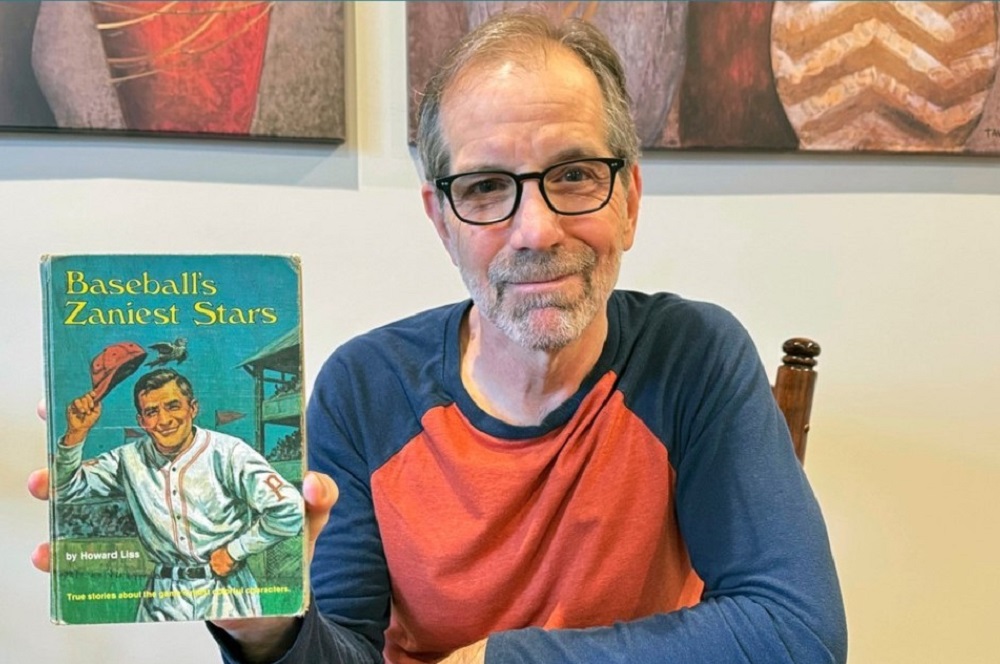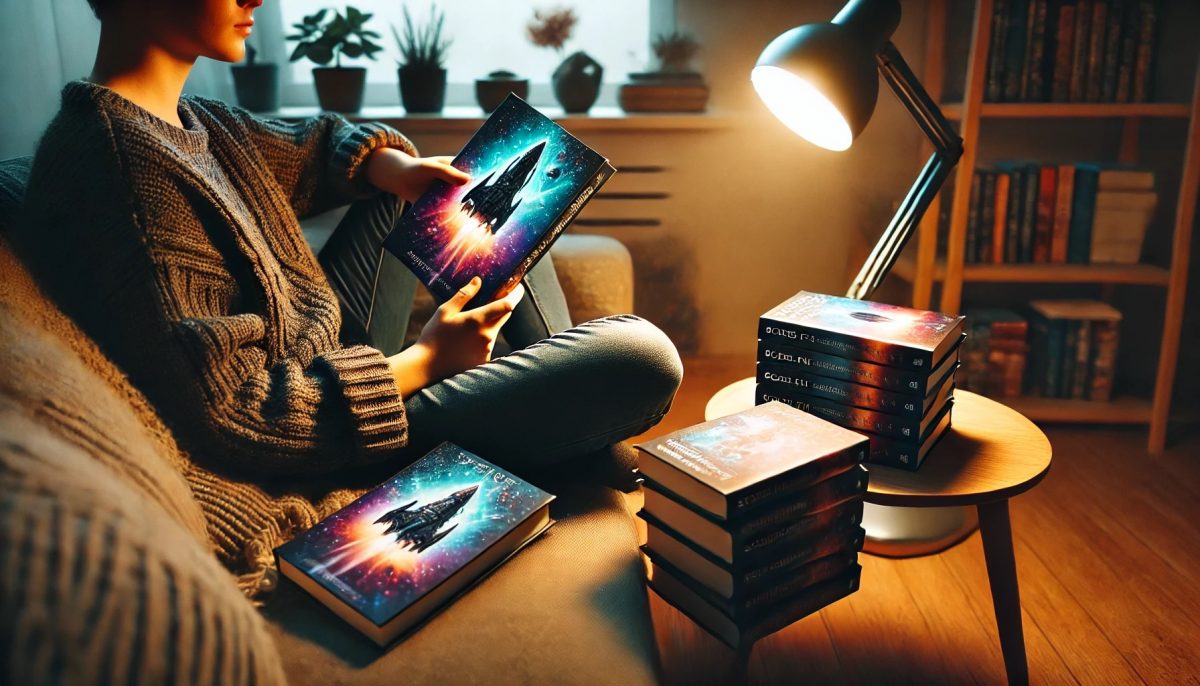In the world of product development, innovation doesn’t always guarantee success. Behind every game-changing invention, there often lies a trail of failures—prototypes, misguided launches, or simply products with cringy designs that didn’t resonate with consumers.
These missteps, however, teach valuable lessons that go beyond market dynamics. By analyzing some of the most famous product flops, we can better understand how consumer behavior, timing, and corporate decisions intersect to shape innovation.
Cringy Designs That Went Horribly Wrong
1. Colgate Kitchen Entrees
In the 1980s, Colgate made an unexpected pivot from oral care to frozen foods. Known for toothpaste, Colgate tried to introduce a line of frozen dinners aimed at college students and busy professionals. However, consumers struggled to reconcile the connection between a brand known for dental care and a lasagna on their dinner plate. The concept didn’t last long, but it highlighted the importance of brand association and consistency.
2. Sony Betamax

Instagram | antik_always | Sony’s Betamax format was technically superior to VHS, but its shorter recording time.
Sony’s Betamax, introduced as the first home video recording format, boasted superior image quality compared to VHS. However, its one-hour recording limit proved impractical for most consumers. VHS allowed users to record movies in full, and Betamax quickly lost market share. This failure underscored how even top-notch technology can falter if it doesn’t meet consumer convenience and expectations.
3. Apple Pippin
In 1996, Apple ventured into the gaming industry with the Apple Pippin console, priced significantly higher than its competitors. Limited gaming options and a high price point made it difficult for the Pippin to compete with more established consoles like Nintendo. After Steve Jobs returned to Apple in 1997, the Pippin was discontinued, serving as a lesson on the importance of targeting the right audience and market.
4. Google Glass
Google Glass promised a futuristic experience, allowing users to access the internet via voice commands and even take hands-free photos. However, concerns over privacy, a steep price tag, and the underdeveloped technology led to widespread rejection. Users soon faced restrictions as establishments began banning the device, and Google quietly halted the consumer version of Glass in 2023. This failure highlighted the need for privacy considerations in tech innovation.
5. TwitterPeek
Launched in 2009, TwitterPeek was a handheld device limited solely to Twitter functionality. Users quickly found it frustrating, as it could only display the first 20 characters of a tweet, requiring extensive scrolling to read a full message. As smartphones with full internet access were already popular, TwitterPeek quickly faded into obscurity. This example emphasizes the importance of multi-functional technology in an increasingly digital world.
6. Sony Minidisc
Introduced in 1992, the Sony Minidisc attempted to offer a more durable alternative to CDs. However, the high price tag and lack of widespread album releases made it inaccessible to many. As recordable CDs and MP3 players gained popularity, the Minidisc’s relevance diminished, ultimately reinforcing that innovation must be cost-effective to gain traction with consumers.
7. Microsoft Zune
Microsoft’s Zune attempted to rival the iPod with its larger screen and ability to share music. However, Apple’s iPod had already established a strong foothold, and Zune’s features weren’t compelling enough to sway consumers. An infamous software glitch in 2008, which caused many Zunes to freeze, further tarnished its reputation. Zune’s struggle to match the iPod’s cultural influence highlights the challenge of competing against an already dominant player.
8. Segway
The Segway was marketed as a revolutionary personal transport device, but hype outpaced practical use. Inventor Dean Kamen’s lofty claims set unrealistic expectations, and the product struggled to find its niche. The Segway’s slow speed and safety concerns limited its appeal, ultimately resulting in a meager sales figure before its discontinuation in 2020. This scenario emphasizes the need for realistic marketing and clear identification of target demographics.
9. New Coke
Instagram | can_museum | Coca-Cola’s attempt to reformulate its iconic beverage in 1985 was a public relations disaster.
In 1985, Coca-Cola launched a new formula, assuming that taste alone would win consumers over. However, loyal customers felt betrayed, seeing the change as an assault on tradition. The backlash was so intense that Coca-Cola reintroduced the original formula just months later as “Coke Classic.” This failure remains a powerful reminder of the emotional connection that consumers often have with long-standing products.
10. Kodak Digital Camera
Though Kodak pioneered digital photography in the 1970s, the company hesitated to fully transition away from its traditional film business. As competitors adopted digital technology, Kodak’s reluctance left it lagging behind, and the brand eventually filed for bankruptcy in 2012. Kodak’s story reveals how the resistance to change within companies can inhibit long-term growth and adaptation.
Learning from Failure
These product failures, with their sometimes cringy designs and questionable market fit, holds valuable lessons for innovators, entrepreneurs, and businesses alike. From underestimating consumer behavior to resisting change and failing to adapt, these missteps serve as reminders of the complexities involved in bringing products to market. By analyzing what went wrong, future innovators can make more informed decisions, fostering a culture that values resilience and continual improvement.
In an ever-evolving world, failure remains one of the greatest teachers in the journey toward true innovation. These products may not have found success, but their stories remain an integral part of understanding what it takes to create something that stands the test of time.









